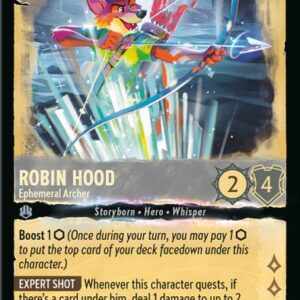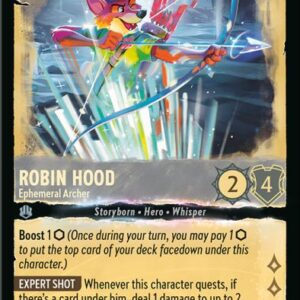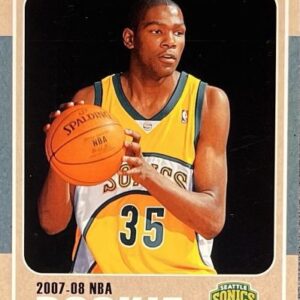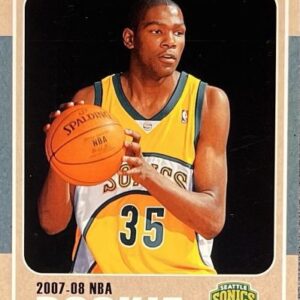The serene town of Westfield, Indiana, was jolted into the limelight this week as it became the unlikely epicenter of a scandal that has sent tremors through the glittering world of sports memorabilia. The dramatic narrative unfolded with the discovery of Brett Lemieux’s tragic death during a law enforcement raid. Lemieux, a prominent figure in autograph dealings, was found amidst a counterfeiting storm so vast and intricate that it has cast a shadow over years of collectible history.
While the official tidings from the Hamilton County Coroner’s Office remain pending, Westfield’s finest have painted a grim picture. Lemieux, whose age number matched his chaos’s width, 45, reportedly ended his days with a self-inflicted gunshot wound as officers came knocking with a warrant that uncovered a labyrinthine world of forgery disguised as memorabilia.
Just like that, Facebook—the usual playground for photos of brunch and babies—became an unwitting harbinger of doom for the autograph community. In a post attributed to Lemieux in the group “Autographs 101,” he allegedly unmasked himself as the mastermind behind a counterfeit memorabilia operation, flowing with claims of $350 million in purported sales. The numbers stagger the imagination, echoing across virtual and physical shelves where four million faux items might now sit comfortably, their authenticity in tatters.
Lemieux’s legacy, as muddy as a poorly refereed game, operated under the brand “Mister Mancave.” Promising the largest collection of framed jerseys available online, the business listed a Columbus, Ohio, address more reminiscent of the Twilight Zone since no such storefront exists. Intriguingly, Mister Mancave was officially incorporated twice in Indiana from 2018 till the recent debacle of 2023, adding another layer to its enigmatic aura.
Peeling back layers in this devilishly clever forgery scheme, Lemieux allegedly engaged in forging hologram stickers—the tiny miracles of authenticity sworn by major authentication stalwarts such as Panini, Fanatics, Tri-Star, and James Spence Authentics. The operation purportedly became even more insidious after the tragic departure of Kobe Bryant in 2020, with a claimed distribution of 80,000 fake Bryant items flaunting false holograms on their fraudulent sleeves.
The counterfeit collectibles weren’t limited to the hardwood of basketball courts. In the shadows of this twisted kingdom, Lemieux’s site flaunted items such as an Aaron Judge-signed baseball with a counterfeit Fanatics hologram priced tantalizingly at $399. Fanatics, in contrast, officially listed it near double at $699. Offering stunning deals that smelled sweeter than a home run, buyers fell into the trap of price over prudence, all while genuine dealers were left scratching their heads.
Industry insiders now face the mammoth task of rebuilding trust, grappling with a conundrum that has roiled the market’s waters. Fanatics, a colossal entity in authenticity checks, claims to have revamped its hologram tech two Spiralized Solar Orbits ago as a shield against such trickery, working alongside law enforcement and seasoned experts—including ex-FBI muscle—to ensure fakes swiftly follow dinosaurs into extinction.
While Lemieux’s unsubstantiated $350 million proclamation stirs skepticism—one industry rival scoffing at its feasibility—there’s no denying the profound impact of the scandal. Steve Grad, a discerning eye in autograph authentication, reminds us that technology—like autopens—only unraveled the authenticity scanner’s calibrations more than ever, forewarning that this case will echo throughout time like a buzzer-beating shot.
Certain sector stalwarts voice little surprise at the revelations, with one dealer confessing how Lemieux’s listings included signatures of athletes long absent from public signings. The chaotic “manifesto” also named others, including Dominique Ball hailing from Indiana and Nickolas Litscher of cheese-loving Wisconsin. Both, perhaps unsurprisingly, disdain any connection, with Litscher yourself in motion to confront the rumor mills legally.
Under the cloak of Lemieux’s nefarious network, several business aliases marched alongside potent names like Ultimate Sports, Athletes One, Signature Dog, and All-American Authentics, spreading illusion across platforms and bamboozling even the sharpest collector’s keen eye.
As arrests dissipate like a winning team’s fans after final whistles, the memorabilia community faces a haunting question of what’s real and what’s not within their troves. This scandal is more than just a damning chapter; it’s a turning of the pages—a crisp turning of leaves in a gusty autumn—marking a clarion call for vigilance and innovation in fraud detection. With integrity at the heart, the legitimate market aspires to rise once again from these smoggy ashes, just as any Phoenix of folklore might.






